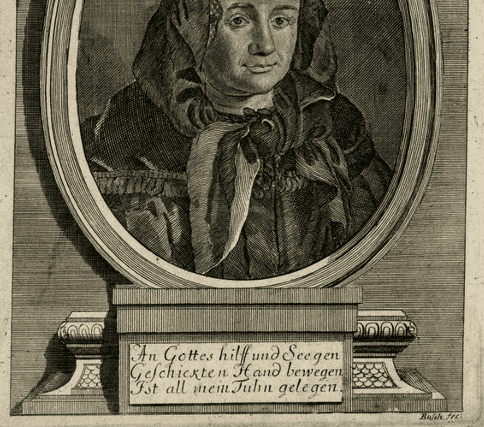Justine Siegemund: who was the Silesian midwife and why is Google Doodle celebrating her?
and live on Freeview channel 276
Today, Tuesday 28 March, the iconic Google Doodle is celebrating the life and career of Justine Siegemund, a pioneering German midwife who challenged patriarchal attitudes in the 17th century. Following the release of her book The Court Midwife, she became the first woman to publish a seminal medical text in German.
This is everything you need to know about Justine Siegemund.
Who was Justine Seigemund?
Advertisement
Hide AdAdvertisement
Hide AdSiegemund was born on 26 December 1636 in Rohnstock, which is now known as Roztoka, Lower Silesia. At the age of 20, she was inspired to study obstetrics and eventually become a midwife after suffering at the hands of midwives who wrongly assumed she was pregnant when in fact she was suffering from a prolapsed uterus.
Siegemund began her career providing free services to underprivileged women, but as her reputation grew, she started tending to the needs of women from noble families and in 1683, she was appointed the official post of the City Midwife of Lignitz. She was then later made the Court Midwife of Berlin in 1701.


During her time as Court Midwife, Siegemund helped deliver the children of the royal family, and it’s thought that her book, The Court Midwife, was written after Mary II of Orange was so impressed by Siegemund’s skills that she asked her to create a training manual for other midwives. Up until her book was published, German midwives largely passed down their knowledge through word of mouth as there wasn’t a standardised way to document safe birthing practices. Thus, The Court Midwife was the first to offer a comprehensive guide to childbirth in the country.
The Court Midwife contained detailed illustrations by Renier de Graaf and Govard Bidloo, two of the leading medical illustrators at the time. It included information on possible childbirth complications and how to respond, and was structured as a conversation between Justina, an experienced midwife, and Christina, her apprentice.
Advertisement
Hide AdAdvertisement
Hide AdThe book contained birthing techniques that were developed by Siegemund, including a two handed internal rotation of the baby as a solution to shoulder presentation, and puncturing the amniotic sac as a way to deal with a haemorrhaging placenta previa.


Siegemund wrote The Court Midwife with lots of compassion towards women, which was unusual in comparison to other texts available at the time which were written by men. In the book, Siegemund did not describe labour pains as a punishment for original sin, also focused on ways to save the mother instead of the child in life threatening situations.
Throughout the course of her career, Siegemund suffered sexist attacks on her reputation by male physicians and midwives who tried to charge her with unsafe birthing practices, but Siegemund was able to withstand them all. Unlike her male counterparts, Siegemund rarely used pharmaceuticals or surgical instruments during her procedures.
When did she die?
Siegemund died on 10 November 1705, at the age of 68, in Berlin.
Advertisement
Hide AdAdvertisement
Hide AdAccording to the deacon who presided over her funeral, by the time of her death, Siegemund had helped to birth almost 6,200 infants.
Why is today’s date significant?
As is standard for the Google Doodle, the date that a particular Doodle appears is very important and usually holds a lot of significance for its subject.


Today, Tuesday 28 March, is important to Siegemund because, on this day in 1690, the European University Viadrina Frankfurt (Oder) certified her book The Court Midwife as an official medical textbook.
Comment Guidelines
National World encourages reader discussion on our stories. User feedback, insights and back-and-forth exchanges add a rich layer of context to reporting. Please review our Community Guidelines before commenting.
